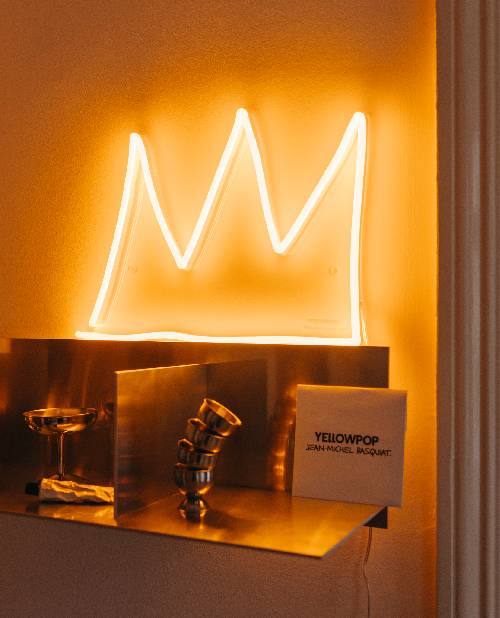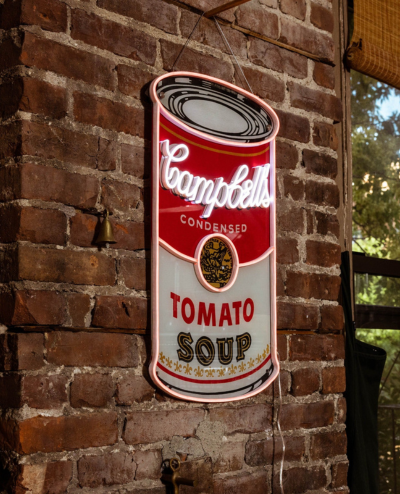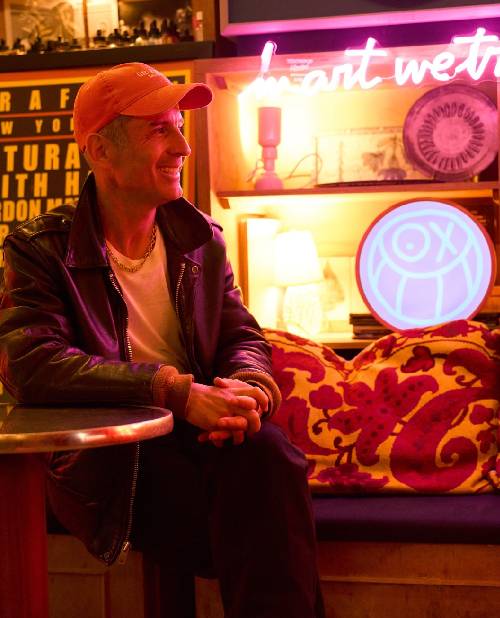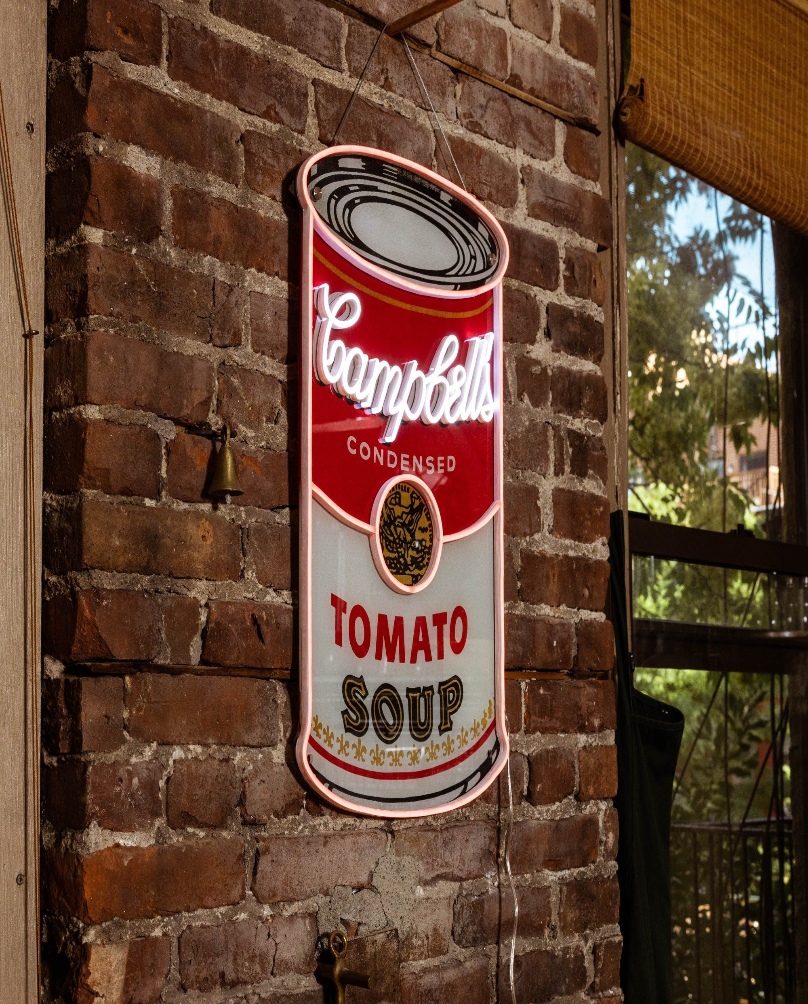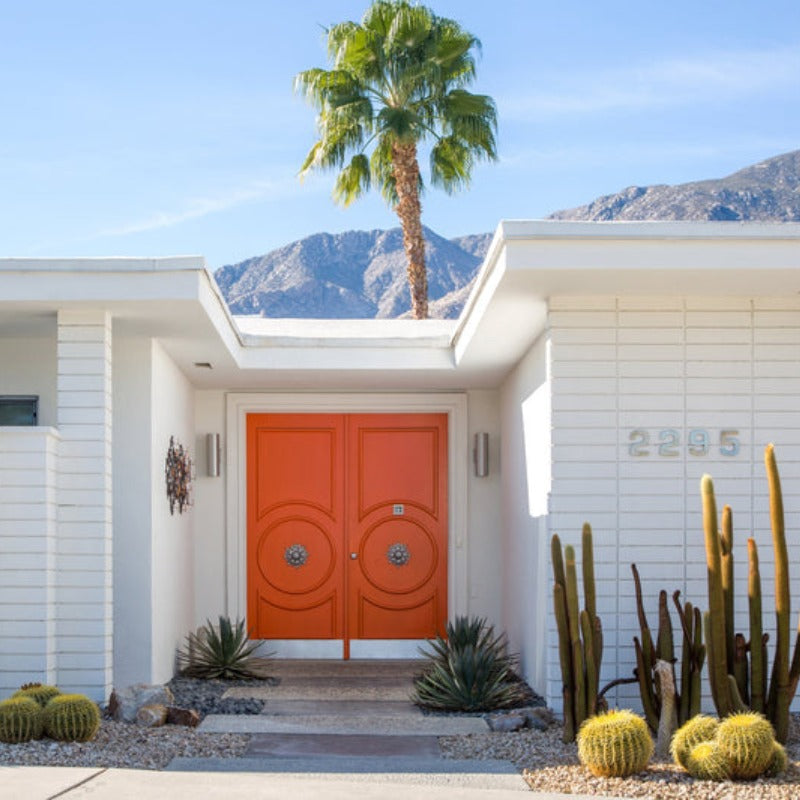
Par Gina Teichert
Crédit photos : La Semaine du Modernisme
Le déroulement de la Semaine du Modernisme en ligne offre un accès à tous, comme jamais le cas auparavant.
Chez Yellowpop, nous sommes férus de design. Pour nous, et 150.000 professionnels de l’industrie, cela signifie généralement se déplacer à Palm Springs pour la Semaine du Modernisme. Il s'agit à la fois d'une série de conférences, d'une visite guidée de l'architecture, mais aussi de la pure folie du milieu de siècle. Et si vous aimez autant que nous les néons et les enseignes vintage, une balade nocturne dans la vallée de Coachella est toujours une source d'inspiration.Bien sûr, cette année sera différente ! Nous avons donc rencontré le directeur des relations publiques de la Semaine du Modernisme, Bob Bogard, pour parler de la question de la préservation de l'architecture d’antan, de l'avenir au lendemain de la pandémie et de ce qui est arrivé à nos voitures volantes.
Architecture du Milieu de siècle : Préserver l'âge d'or de Palm Springs
Personnellement, il y a tellement de choses que j'aime à Palm Springs", déclare Bob Bogard. "Avant tout, c'est la seule communauté dans laquelle j'ai vécu où l'architecture de la ville détermine toute votre vie. Les gens sont très au fait des styles architecturaux et des architectes eux-mêmes", poursuit-il. "Vous savez, je n'ai jamais vécu dans une ville où il fallait, en quelque sorte, apprendre qui était l'architecte de chaque grand bâtiment. Pourtant, c'est vraiment important."En effet, Palm Springs et la vallée de Coachella peuvent se vanter d'un CV assez impressionnant.
Photo par Donald Wexler
Elles se lisent comme un Who's Who de l'architecture du milieu du siècle, avec des noms comme Donald Wexler, Albert Frey, Hugh Kaptur et E Stewart Williams. Dans les années 1950 et 1960, les grands noms ne figuraient pas seulement sur les projets architecturaux. Elvis, Marilyn, Sinatra et bien d'autres se sont échappés dans cette oasis désertique, située à 160 km à l'est de Los Angeles.
"Palm Springs est unique dans le sens qu'il y avait beaucoup d'architecture du milieu du XXe siècle dans les années 50 et 60", explique M. Bogard. "Puis, dans les années 70, 80 et au début des années 90, l'économie de Palm Springs s'est en quelque sorte effondrée et a stagnée", note-t-il.
Palm Springs Art Museum
David A Lee
"Normalement, dans une autre ville, l'architecture construite dans les années 50 et 60 aurait subi une sorte de remodelage dans les années 70 et 80. Mais, comme l'économie ne se portait pas très bien à Palm Springs, nous avons accidentellement préservé d'énormes portions - je parle de quartiers entiers - de maisons construites dans les années 1960", explique M. Bogard. "Et puis, dans les années 90, les gens ont réalisé sur quels joyaux ils étaient assis, et ont restauré ces bâtiments avec amour."
Il y a cependant eu quelques joyaux du milieu du siècle perdus lors de la création de la banlieue dans le désert toscan. La Maslon House, conçue par Richard Neutra, a été démolie pour faire place au nouveau style qui balaie des villes comme Phoenix et Las Vegas. Sa perte a été un tournant pour la communauté des designers de Palm Springs. Ils ont donc décidé d'investir dans la préservation de ce patrimoine et de s'en faire les défenseurs.
La vallée de Coachella regorge encore d'icônes architecturales : des résidences Abernathy et Edris, demeures iconiques sur Instagram aux paysages désertiques et austères ponctués de rochers, de palmiers et d'arbres Joshua, l’emblématique est partout. Et, grâce à des propriétaires et des dirigeants communautaires tournés vers l'avenir et amoureux du vintage, ils seront là pour que la prochaine génération puisse en profiter.
Visites virtuelles de propriétés et conférences en ligne : l'avenir des événements du monde du design
La Semaine du Modernisme 15ème édition, évolue pour s'adapter à la distanciation sociale. Ce qu'il y a de nouveau ? La programmation virtuelle. Au cours d'une année normale, l'association à but non lucratif à l'origine de la Semaine du Modernisme - et d'autres organisations communautaires - organise jusqu'à 400 événements. Cette année, ils organiseront une poignée de petits événements locaux et de nombreux autres en ligne."La seule bonne chose qui est ressortie de la pandémie, c'est qu'elle nous a obligé à créer une programmation en ligne", note M. Bogard. "Nous en avions parlé, mais cela n'avait jamais vraiment été un objectif prioritaire."
Lance Gerber
Outre les visites virtuelles de demeures, le site proposera une courte série de conférences intitulée "Mod with a Twist". En tant que présentateur, M. Bogard abordera certains des aspects originaux du modernisme. "Mon sujet est : Où est ma voiture volante ? J'expliquerai comment, dans les années 1960, tout le monde pensait à l'avenir et s'attendait à avoir des voitures volantes. Et maintenant, nous sommes au 21e siècle. Où est ma voiture volante ?
"Nous n'avons pas encore nos voitures volantes. Mais Bob est optimiste quant à l'avenir des lieux importants de l'architecture locale. L'apparition d'une nouvelle génération d'amateurs de design pour les apprécier et les préserver le rassure. "Pourquoi les gens d'aujourd'hui - disons les jeunes d'une vingtaine d'années - s'intéressent-ils à l'architecture et à un style de vie qui était achevé bien avant leur naissance ?" demande-t-il. "Ce que je pense, c'est que la simplicité et l'élégance du design de l'architecture du milieu du siècle plaisent vraiment aux gens."
"La raison c'est que dans les années 1960, la vie a été imaginée de manière beaucoup plus simplifiée", poursuit-il. "Et cela a tellement résonné à l'époque, que cela résonne encore aujourd'hui, au 21ème siècle".
"Il y a aussi la nostalgie d'une époque plus simple, où les gens s'habillaient bien, portaient des gants, des cravates et organisaient des cocktails huppés. Bien sûr, dans les années 1960, il y avait des troubles politiques", dit-il. Mais l'élégance de la culture des années 60 est une notion que Bob, et beaucoup d'autres, cherchent à faire revivre en préservant le design de cette époque.
Seven Lakes Country Club.
"Si cela reste important aujourd'hui, c'est parce que les gens peuvent le revivre un peu grâce à la Semaine du Modernisme", explique M. Bogard. Prendre un cocktail dans une maison conçue pour ce genre de fêtes n'est peut-être pas à l'ordre du jour cette année. Mais l'évolution vers la programmation numérique est certainement une bonne chose.
"Nous avons compris que cela nous donnait accès à toute une population qui ne peut pas nécessairement se rendre à Palm Springs. Pourtant, nous pouvons offrir la même qualité d'expérience de la Semaine du modernisme que celle que vous auriez en personne", explique M. Bogard. En effet, comme il le fait remarquer, les visites de maisons sont encore plus riches grâce aux commentaires en ligne. "Nous pouvons maintenant l'offrir en ligne, virtuellement, au monde entier".




